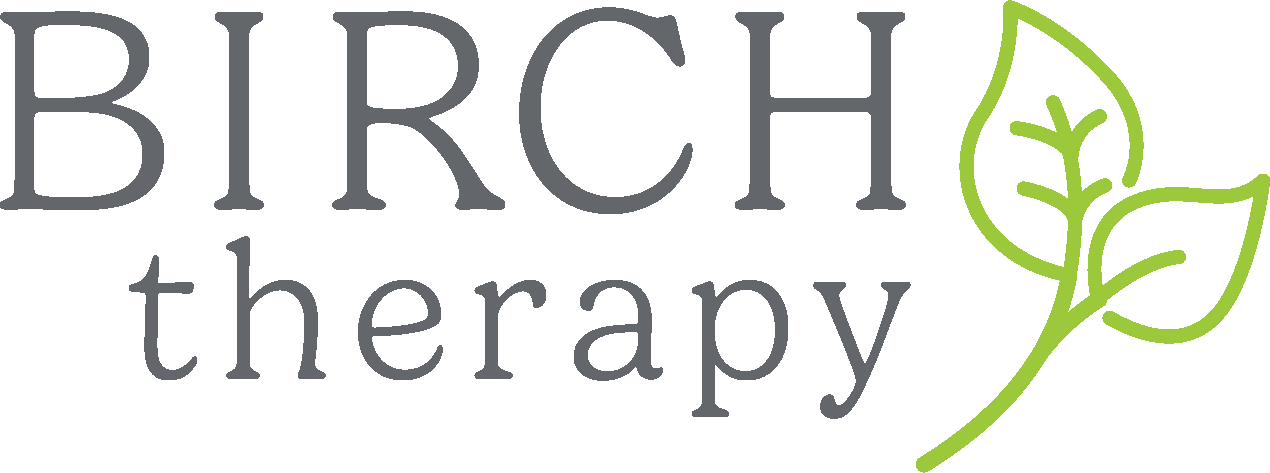Learning to Listen
by Ginger Espino, MSW, Intake & Operations Director
Recently, some friends and I discussed alternative career paths we might have taken if we hadn’t chosen our current vocations. I mentioned that I once wanted to be a talk radio therapist, like Frasier from the 90s TV series. Though that ship has sailed, and liability concerns abound, remembering his famous phrase “I’m listening” led me to ponder the power of listening.
In my 25 years of facilitating teen and adult psychotherapy groups, listening has always been a crucial topic. I often asked group members if they had someone who truly listened to them when needed. It was heartbreaking how many did not have such a person. When I asked teens what they needed most from their parents that they weren't getting, the answer was unanimous: “I need them to listen more.” I then asked, "When someone listens to you, how does that make you feel?" Responses included valued, heard, loved, important, and connected—feelings vital for our well-being.
So, if listening is so important in our relationships, why do we often struggle with it? One observation is that we think we’re listening when we’re really not. In our busy, hectic lives, we pride ourselves on multitasking—folding laundry, sending emails, and listening to a podcast while throwing a ball for the dog. But listening is not a skill we can do alongside other tasks.
Listening requires us to stop everything else and be entirely present with the other person—looking them in the eye, showing nonverbal attentiveness, and, hardest of all, not interrupting. We can ask questions or say things like “go on” or “tell me more,” but we must remember that this is their time, not ours. This can be especially challenging because we love to talk about ourselves. Effective, active listening focuses entirely on the other person's thoughts and feelings, allowing them to express themselves in a safe and non-judgmental environment. For problem-solvers, this is tough—listening doesn’t require solutions; it requires our presence and emotional connection.
You might be thinking, “I don’t have time for that! Can I do this via text?” I’ve noticed how uncomfortable I am ‘listening’ via text or social media. I’m old school and prefer texts for quick messages like “I’m running late” or “Are you home yet?” Texting and social media often demand immediate responses, but true listening just requires a nod, eye contact, or verbal prompts on the phone. Reflecting on what someone has said takes time, so we can’t offer an immediate and clever response. A hug emoji doesn’t replace a hug, and a digital “I’m here for you” isn’t the same as meeting for coffee and crying together. While digital communication is great for staying in touch, it doesn’t replace in-person or phone connection.
The art of active listening is a skill. Most of us are born with the ability to hear, but learning to listen takes effort and practice. Some people, including all our Birch Therapy therapists, are highly skilled and trained in listening, but you don’t have to be a therapist to be a good listener. It’s something we can all work on. Our listening muscles can be strengthened whenever we take the time to sit, walk, or play a game with our loved ones and offer them our ear. It will be worth it. And the next time you need someone to listen to you, my hope is they will be there for you, too.

